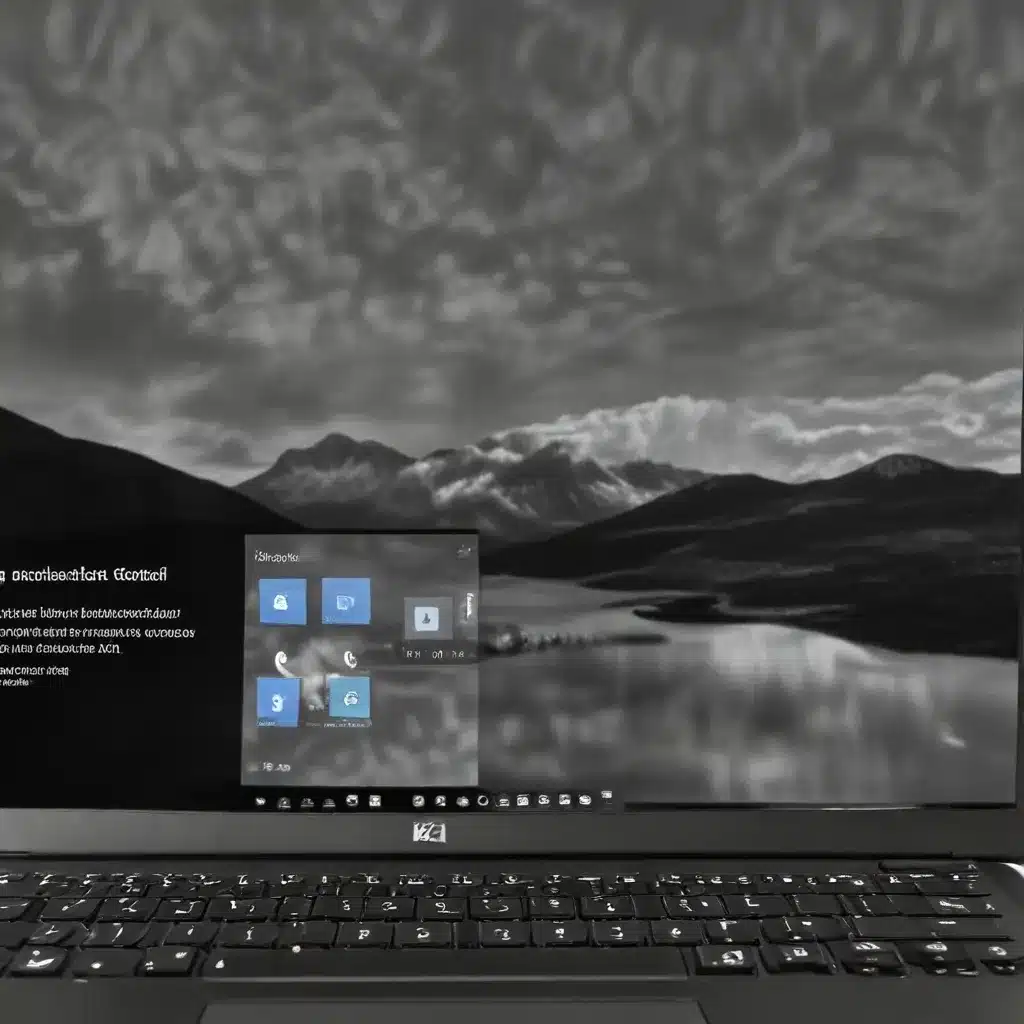
As a seasoned IT professional, I’ve encountered my fair share of Windows 10 update installation problems. From error codes to compatibility issues, these challenges can be frustrating for both users and IT support teams. In this comprehensive guide, I’ll share practical tips and in-depth insights to help you troubleshoot and resolve common Windows 10 update installation issues.
Utilize the Windows Update Troubleshooter
One of the first steps to address Windows 10 update problems is to run the built-in Windows Update Troubleshooter. This handy tool can help identify and resolve a variety of update-related errors. Here’s how to access and use the troubleshooter:
- Click on the Start button, then go to Settings > System > Troubleshoot > Other troubleshooters.
- Under “Most frequent,” locate the Windows Update option and click Run.
- The troubleshooter will scan your system for any update-related issues and attempt to fix them automatically.
- Once the process is complete, it’s a good idea to restart your device and then check for new updates by going to Settings > Windows Update > Check for updates.
If the problems persist after running the troubleshooter, don’t worry – we have more troubleshooting steps to try.
Resolve Common Update Error Codes
Windows 10 update errors often come with specific error codes that can provide valuable clues about the underlying issue. Let’s explore some of the most common error codes and how to address them:
0xC1900101 – 0x2000c, 0x20017, 0x30018, 0x3000D, 0x4000D, 0x40017
These error codes typically indicate a driver-related problem. Start by ensuring that all your hardware drivers are up-to-date. You can check for driver updates in the Device Manager or by visiting the manufacturer’s website. If you find any outdated drivers, download and install the latest versions.
Additionally, try disconnecting any unnecessary external hardware, such as printers, scanners, or external storage devices, and then attempt the update again. This can help rule out compatibility issues with peripheral devices.
0xC1900208 – 0x4000C
This error code suggests that an incompatible application on your system is interfering with the update process. Uninstall any third-party antivirus or security software, as these can sometimes cause conflicts. Once the update is complete, you can reinstall the security software.
0xC1900107
This error typically indicates that a cleanup operation from a previous installation attempt is still pending. To resolve this issue, try restarting your device and then running the update again. If the problem persists, use the Disk Cleanup utility to clear out temporary files and system files.
0x80073712
This error code points to a missing or damaged file needed by Windows Update. To fix this, you can try repairing your system files using the following command in an elevated Command Prompt:
DISM.exe /Online /Cleanup-image /Restorehealth
Ensure Adequate System Resources
Another common cause of Windows 10 update installation issues is a lack of system resources, such as available disk space or memory. Make sure your device meets the minimum requirements for the Windows 10 update:
- Disk Space: Your device needs at least 16GB of free space for a 32-bit OS or 20GB for a 64-bit OS.
- RAM: A minimum of 2GB of RAM is recommended for a 32-bit OS or 4GB for a 64-bit OS.
If your system is running low on disk space or memory, take steps to free up resources before attempting the update. You can use the Disk Cleanup utility to remove unnecessary files and the Disk Defragmenter to optimize your storage.
Clean Boot Your System
Sometimes, background processes or third-party software can interfere with the Windows 10 update installation. To isolate the issue, try performing a clean boot:
- Press the Windows key + R to open the Run dialog, then type
msconfigand press Enter. - In the System Configuration window, go to the Services tab and check the “Hide all Microsoft services” box.
- Click “Disable all” to disable all third-party services.
- Next, go to the Startup tab and click “Open Task Manager.”
- In the Task Manager, select each startup item and click “Disable.”
- Close the Task Manager and the System Configuration window, then restart your device.
After the clean boot, try running the Windows 10 update again. If the issue is resolved, you can gradually re-enable the disabled services and startup items to identify the culprit.
Repair System Files and Drivers
Corrupted system files or outdated drivers can also contribute to Windows 10 update installation problems. You can use the following commands in an elevated Command Prompt to repair these issues:
-
Repair System Files:
DISM.exe /Online /Cleanup-image /Restorehealth
This command will scan and repair any damaged system files. -
Check and Update Drivers:
- Open the Device Manager by searching for it in the Start menu.
- Expand each device category and look for any devices with a yellow exclamation mark.
- Right-click on the affected device and select “Update Driver” or “Uninstall” to resolve the issue.
- You can also visit the manufacturer’s website to download the latest drivers for your hardware.
By following these steps, you’ll be well on your way to resolving your Windows 10 update installation issues and keeping your system up-to-date and running smoothly.
Conclusion
Troubleshooting Windows 10 update problems can be a daunting task, but with the right approach and troubleshooting techniques, you can often resolve these issues on your own. Remember to start with the Windows Update Troubleshooter, then address any specific error codes, ensure adequate system resources, perform a clean boot, and repair any corrupted system files or outdated drivers.
By implementing these practical tips, you’ll be able to keep your Windows 10 system up-to-date and running at its best. If you continue to encounter issues, don’t hesitate to reach out to the IT Fix team for further assistance.












